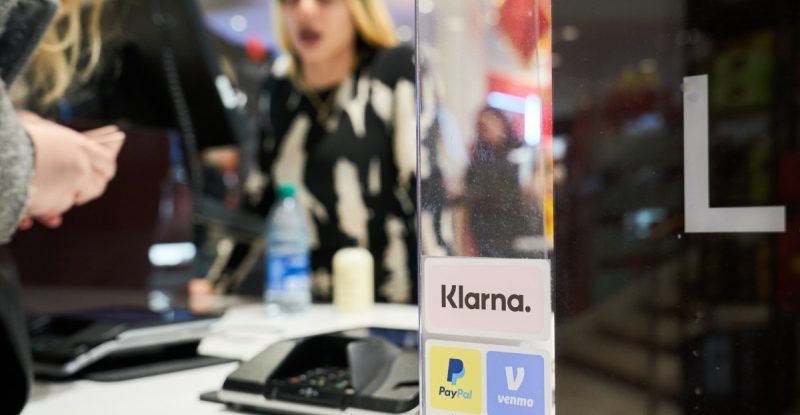
You’re shopping online, and there it is: the tempting “buy now, pay later” option. Splitting the cost into manageable installments seems appealing, and for many, especially Gen Z and millennials, it’s become a way of life. But what does the explosive growth of BNPL services like Klarna and Afterpay truly tell us about the current economic climate?
The allure is undeniable. Unlike credit cards, most BNPL plans don’t charge interest (at least, not yet), and they often don’t impact your credit score. Social media is flooded with endorsements, painting BNPL as a solution for acquiring desired items without immediate funds. However, this convenience comes at a cost. Klarna, a leading BNPL provider, recently saw its losses from unpaid loans more than double, a stark indicator of the potential pitfalls.
Economic commentator Kyla Scanlon views the rise of BNPL as a reflection of what she terms our “poor-impulse-control economy.” She argues that the ease and impulsivity fostered by BNPL contribute to a cycle of unnecessary spending. In a recent interview, Scanlon highlighted the unique relationship Gen Z has with debt, largely shaped by experiences with student loans and the normalization of debt in their financial upbringing.
For many young people, debt isn’t a taboo; it’s a familiar tool for navigating financial realities. Scanlon points to the economic backdrop of the past decade – government stimulus checks, near-zero interest rates, and a pervasive awareness of national debt – as contributing factors. This environment has fostered the belief that some level of personal debt is acceptable, even expected.
The question of whether debt itself is inherently bad is complex. Scanlon argues that like any tool, debt’s impact depends on its usage. The issue, she contends, lies not in BNPL itself but in the broader economic system that enables and encourages its proliferation. Factors such as stagnant wages, a challenging job market, and inflated housing and grocery costs create a context where BNPL becomes a seemingly necessary coping mechanism.
The suggestion to simply “wait” until you can afford a purchase is often unrealistic for many. This ignores the systemic issues facing young people, including limited job opportunities and high living costs. Using BNPL, in this context, can feel less like irresponsible spending and more like an act of agency in a system that feels rigged against them. The small indulgences offered by BNPL become a way to maintain a sense of control and normalcy amidst economic uncertainty. The pervasive feeling of financial instability contributes to a sense that one wrong move could lead to financial ruin, making the use of debt feel almost inevitable for many.
Ultimately, the rise of BNPL is a multifaceted issue reflecting deeper systemic problems. While personal financial responsibility remains crucial, addressing the underlying economic challenges is essential to creating a more sustainable and equitable financial landscape for all.










